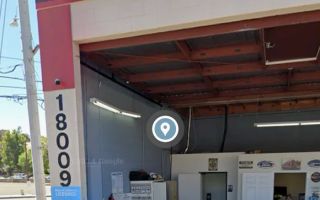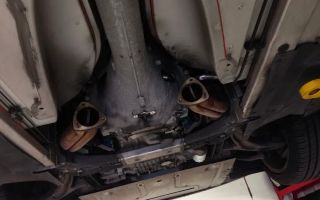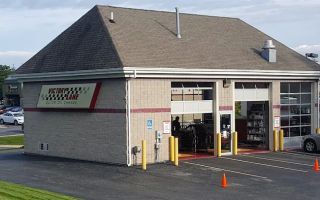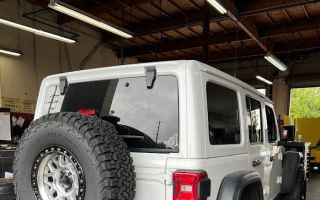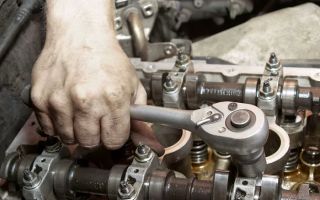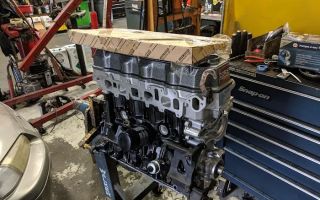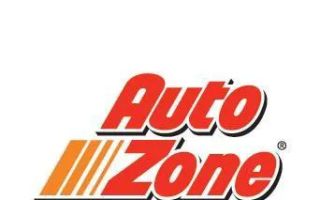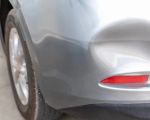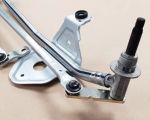How to Choose the Right Towing Equipment for Your Vehicle
Choosing the right towing equipment is crucial for ensuring the safety and reliability of your vehicle during a tow. Whether you are towing a car, motorcycle, RV, or even a boat, selecting the proper towing gear is essential for a smooth and secure experience. In this article, we’ll walk you through the key factors to consider when choosing towing equipment for your vehicle.
1. Types of Towing Equipment
Before diving into specific equipment recommendations, it’s essential to understand the different types of towing gear available. Each type of towing equipment is designed for specific tasks, and choosing the right one will ensure the safety and effectiveness of the tow.
- Tow Bars: These are commonly used for flat towing vehicles like cars behind RVs. Tow bars are an excellent choice for vehicles that don’t need to be lifted off the ground.
- Tow Dollies: A tow dolly is used to lift the front wheels of a vehicle off the ground while the rear wheels remain on the road. This is a great option for front-wheel-drive vehicles.
- Flatbed Trailers: Flatbed trailers are ideal for hauling vehicles with all four wheels off the ground. This option is often used for high-value or low-clearance vehicles.
- Wheel Lift Towing: This type of equipment lifts the vehicle by its wheels, typically the front wheels, leaving the rear wheels on the ground. This is a common method for towing most passenger vehicles.
2. Consider the Type of Vehicle You Are Towing
Not all vehicles are created equal, and the type of vehicle you need to tow will directly impact your choice of towing equipment. Here's what you need to consider based on the vehicle type:
- Passenger Cars: For standard cars, wheel lift towing or tow bars can be ideal. It’s important to ensure that your vehicle’s drivetrain is compatible with the towing method chosen.
- Motorcycles: Motorcycles require specialized equipment, such as a motorcycle dolly or a trailer with tie-down straps. Flatbed towing is also an option for motorcycles.
- Heavy-Duty Vehicles: For trucks, buses, or RVs, heavy-duty towing equipment, such as a flatbed trailer or heavy-duty tow truck with a boom lift, is necessary to handle the increased weight.
- Boats and Trailers: Towing boats requires equipment specifically designed for boat trailers, such as a tow hitch with high towing capacity and specific safety features for watercraft.
3. Consider the Weight and Towing Capacity
Every towing device has its limitations when it comes to weight capacity. When choosing towing equipment for your vehicle, you need to consider the weight of the vehicle you are towing and ensure the equipment can handle it. Here’s what to check:
- Gross Vehicle Weight (GVW): Check the gross vehicle weight of the car or vehicle you’re towing, as well as the gross combined weight rating (GCWR) of your towing vehicle. Ensure that the towing equipment can safely support the load.
- Towing Capacity of Your Vehicle: The towing vehicle must be capable of towing the weight of the vehicle being hauled. If you’re using a personal car for towing, make sure it’s rated for the specific weight of the load you’re towing.
- Safety Margin: It’s always a good idea to choose equipment with a higher weight capacity than the vehicle’s weight. This ensures that you’re not pushing the limits of the equipment.
4. Safety and Reliability of Towing Equipment
When towing any vehicle, safety should always be a top priority. Choose towing equipment that not only fits the specifications of your vehicle but also meets high standards of safety and reliability. Here are a few things to look for:
- Certified Equipment: Always use towing equipment that meets industry standards and certifications. For example, look for tow bars, hitches, and trailers that are stamped with certification marks from trusted authorities.
- Heavy-Duty Straps and Chains: Make sure that any tie-downs, chains, or straps are rated for the weight of the vehicle being towed. Using underpowered or worn-out equipment can be dangerous.
- Safety Features: Look for safety features such as breakaway cables, trailer lights, and adequate braking systems. These features ensure your towing setup stays secure on the road.
5. Real-Life Case Study: Choosing the Right Equipment
Let's look at a real-life example of how choosing the right towing equipment can make all the difference. Sarah, an RV owner, found herself stranded after her RV broke down during a road trip. She needed to tow her vehicle to a repair shop but wasn’t sure what type of towing equipment to use.
After consulting a professional towing service, she learned that a flatbed trailer would be the safest option for her RV, as it had all four wheels off the ground and ensured no further damage to her vehicle. The towing service provided her with a suitable flatbed truck and safely transported her RV to the repair center.
This case highlights the importance of selecting the right equipment for the job and the peace of mind it can bring. It’s always a good idea to consult with a professional towing service when in doubt.
6. How to Choose the Right Towing Service
After understanding the different types of towing equipment available, it’s time to choose the right service provider to assist you. When selecting a towing service, consider the following:
- Experience and Reputation: Choose a towing company that has a proven track record of reliability and customer satisfaction. Check online reviews and ask for recommendations.
- Availability: Ensure that the towing service offers 24/7 support, especially if you find yourself in an emergency situation. This will give you peace of mind knowing help is always available.
- Equipment Options: Make sure the towing service offers a variety of towing equipment suitable for different types of vehicles, from light-duty cars to heavy-duty trucks and RVs.
For reliable and professional towing services, consider visiting Rescue & Towing. Their team can help you choose the right towing equipment based on your vehicle and provide expert assistance when you need it most.

